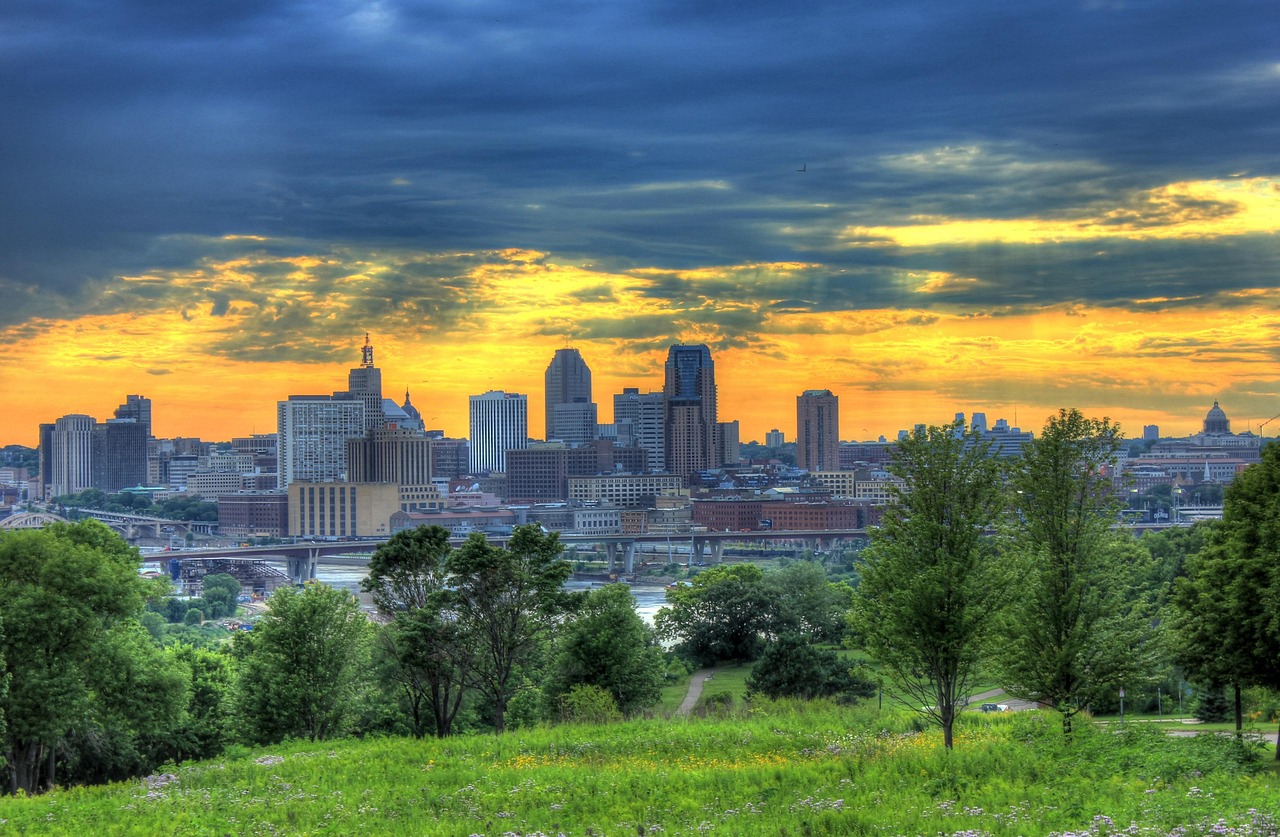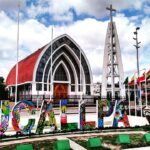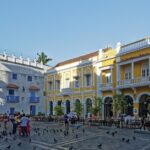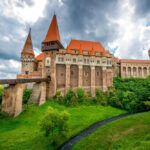Quick Bits:
Minneapolis, known as the City of Lakes, combines natural beauty with a vibrant urban culture. Nestled in Minnesota, this city offers an eclectic mix of outdoor adventures, art, history, and culinary delights.
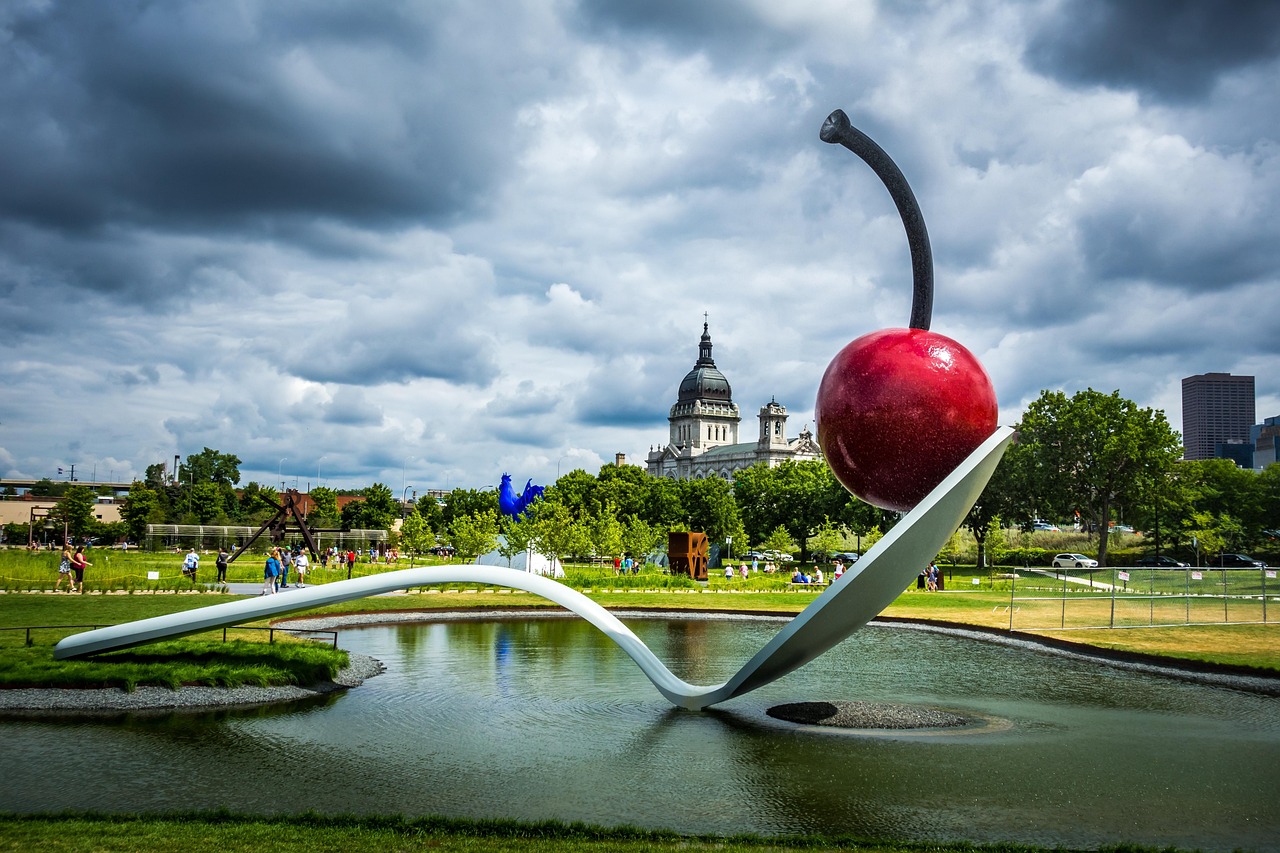
Key Highlights
- Home to the iconic Chain of Lakes, perfect for outdoor enthusiasts.
- A thriving arts scene with museums, theaters, and galleries.
- The historic Mississippi River runs through the city.
- Four distinct seasons offering diverse activities year-round.
- A food lover’s paradise with global and local cuisines.
General Information
Minneapolis is the largest city in Minnesota, forming the Twin Cities with neighboring Saint Paul. Its nickname, the City of Lakes, stems from its 22 natural lakes. Founded in the mid-19th century, Minneapolis grew as a milling and trading hub, thanks to the Mississippi River and St. Anthony Falls. Today, it is a bustling metropolis blending history, nature, and modernity.
The city has a diverse population, contributing to its rich cultural fabric. English is the primary language, but you will also hear Hmong, Somali, and Spanish spoken in various neighborhoods. Minneapolis is also known for its environmentally friendly initiatives, making it a leader in sustainability.

Geography Information
Minneapolis sits in southeastern Minnesota, near the Mississippi and Minnesota Rivers’ confluence. The city covers about 58 square miles, with 6% of that being water. The Chain of Lakes, including Lake Harriet and Lake Calhoun, is a central geographic feature.
The cityscape blends green spaces with urban infrastructure, boasting over 180 parks and 55 miles of biking and walking paths. Despite its northern latitude, Minneapolis receives plenty of sunshine, making it a livable and enjoyable place.
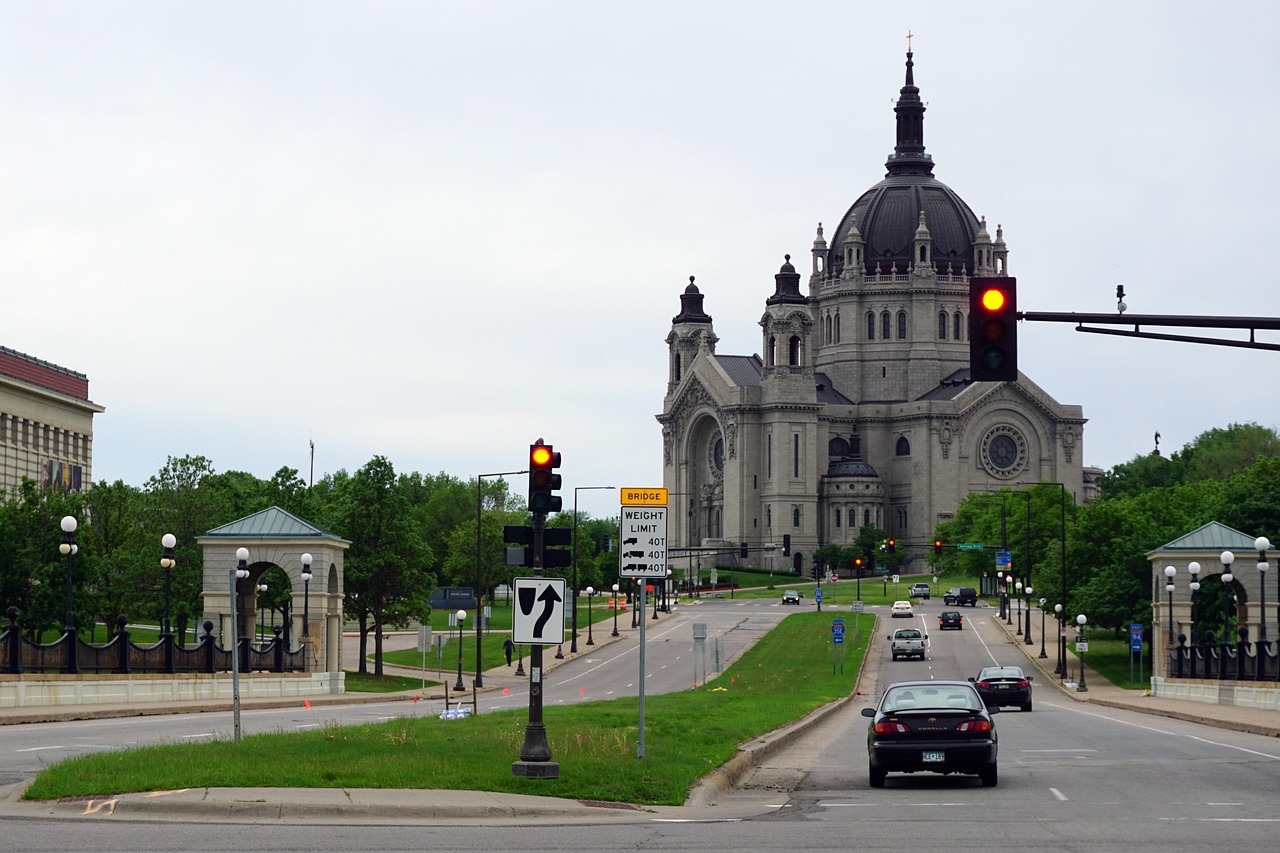
Places to Visit
1. Chain of Lakes
Spend a day kayaking, biking, or simply relaxing by the water. The Chain of Lakes includes Lake Harriet, Lake Calhoun (Bde Maka Ska), and Lake of the Isles.
2. Minneapolis Institute of Art
This museum houses over 90,000 artworks, ranging from ancient artifacts to contemporary pieces. Admission is free, making it accessible to everyone.
3. Mall of America
A short drive away in Bloomington, this mall is a shopping haven. It also features an indoor amusement park and aquarium.
4. Minnehaha Regional Park
Explore Minnehaha Falls, a stunning 53-foot waterfall. The park also has walking trails, picnic areas, and historical sites.
5. Guthrie Theater
This architectural marvel overlooks the Mississippi River. It hosts world-class theater productions and offers a stunning view from its Endless Bridge.
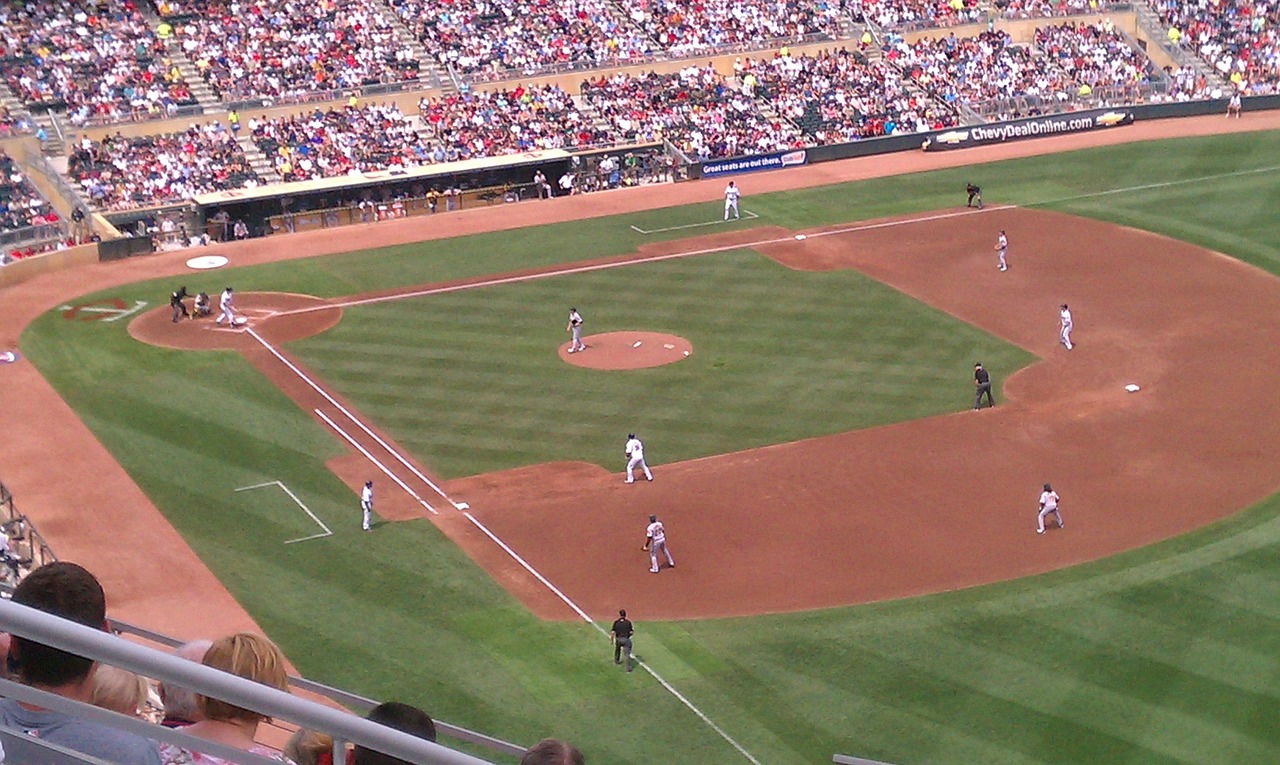
Yearly Climate
Minneapolis experiences all four seasons, each offering unique experiences:
- Winter (December-February): Cold and snowy, perfect for ice skating and winter festivals.
- Spring (March-May): A season of renewal with blooming flowers and milder temperatures.
- Summer (June-August): Warm and sunny, ideal for lake activities and outdoor concerts.
- Fall (September-November): Crisp air and colorful foliage make it a favorite time for hiking and photography.
Temperatures range from an average low of 10°F in January to a high of 83°F in July. Snowfall is common in winter, while summers are relatively humid.
Best Time of Year to Visit
The best time to visit Minneapolis depends on your interests. For outdoor adventures and festivals, summer is ideal. If you enjoy fall colors and mild weather, September and October are perfect. Winter attracts those who love snow sports, while spring offers fewer crowds and blossoming parks.
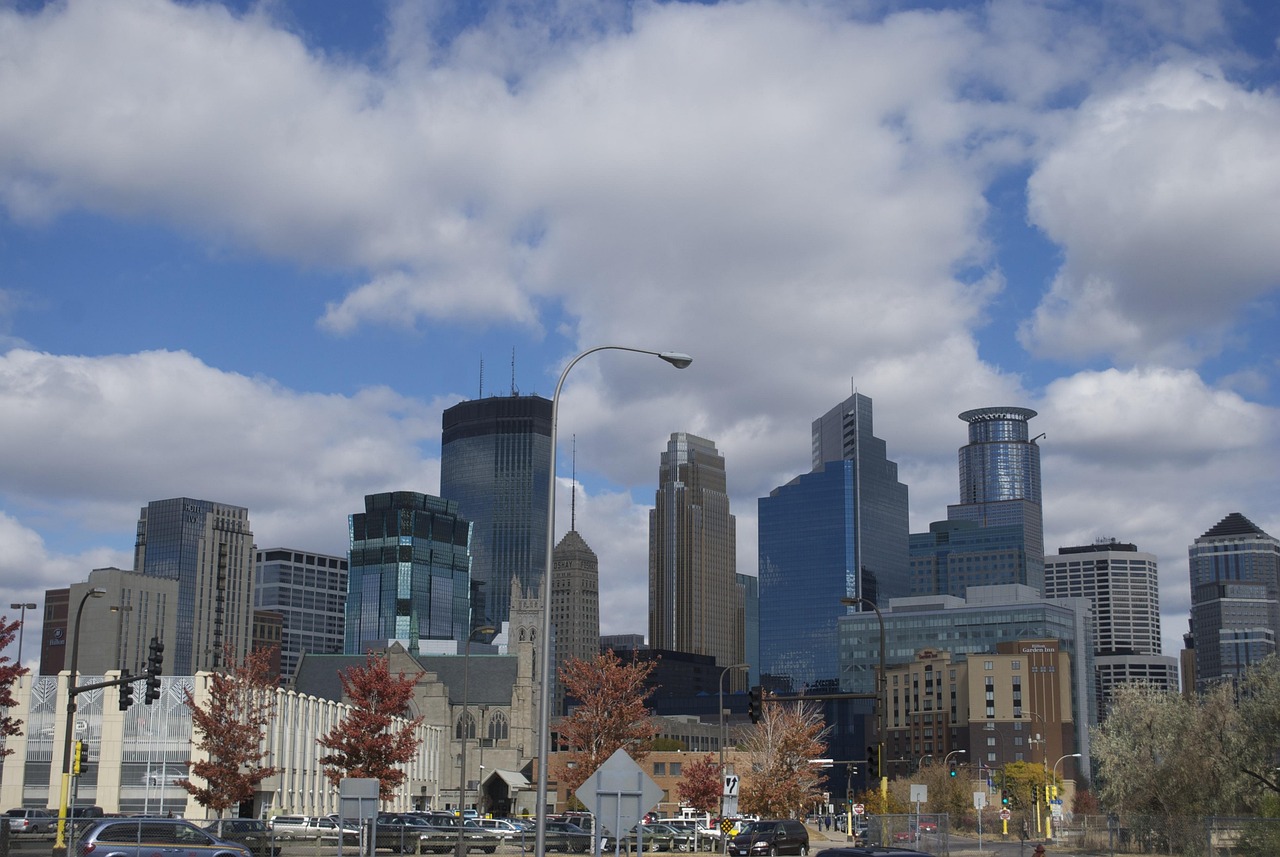
In Summary…
Minneapolis is a dynamic city with something for everyone. From its picturesque lakes to its vibrant cultural scene, it promises memorable experiences in every season. Whether you’re an art lover, foodie, or outdoor enthusiast, this city is a treasure trove waiting to be explored.

